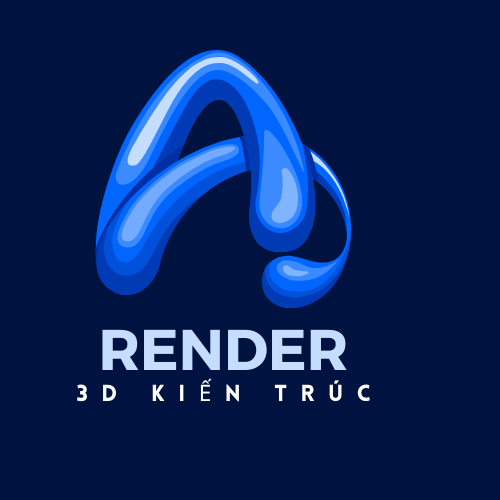Every home listing begins with a digital image — and that image must pop.
That’s the magic of virtual staging tools.
Instead of paying for physical staging, investors can now digitally furnish empty rooms using 3D platforms.
What Is Virtual Staging Software?
Virtual staging is the art of CGI to transform photos of empty properties.|It’s a way to show buyers imagine comfort in a home without moving a single object.}
Here’s how it works:
- Provide a room image
- Pick a style
- Drop in virtual decor
- Use it on your listings
Platforms like RoOomy offer AI-enhanced options with design libraries. Some provide full-service editors, while others let you DIY the setup.
Why It Works in 2024
The first showing is online.
Virtual staging allows listings to:
- Stand out visually
- Spark buyer imagination
- Close with less time on market
- Avoid hauling furniture around
When inventory lags, properties with plain shots don’t cut it. Staged ones? They attract traffic.
Features to Look For in Virtual Staging Tools
When choosing virtual staging software, consider:
- Furniture libraries: Boho to minimalist — more choices mean better results.
- High-res output: No one wants cartoonish furniture.
- Simple workflow: You shouldn’t need a PhD in Photoshop.
- Cost structure: Look for DIY bundles that fit your needs.
- Drag-and-drop systems: Some tools even allow object removal.
Who Uses Virtual Staging?
Rental owners use it for:
- Zillow-ready photos
- Teasers for social media
- Airbnb setups
- Pre-construction ads
Pros and Cons
✅ Pros:
- Lower-cost alternative to physical staging
- Fast turnaround
- Emotional appeal to buyers
- No logistics
❌ Cons:
- Not physically present
- Must label as virtual
- Quality varies by software
Disclosure Rules & MLS Guidelines
Honesty is key. MLS boards and associations often require:
- Watermarks like “Virtually Staged”
- Text disclosure in photo captions
- Clear communication with buyers that furniture is not included
Trying to trick buyers can backfire.
Future of Virtual Staging
The tech is evolving fast. Expect:
- Auto-design based on image detection
- Interactive tours
- Virtual walkarounds in goggles
The future? Staging a room with just your voice or a tap.
Top 5 Virtual Staging Software Picks
| Software Best For Price | ||
| BoxBrownie | Photo realism | $24/image |
| VisualStager | DIY, drag-and-drop | $15/photo |
| ApplyDesign | Quick auto-staging | $7–$29/photo |
| RoOomy | VR/AR staging | Contact sales |
| Stuccco | Custom pro staging | $29+/image |
Pro Tips for Realistic Results
- Shoot photos in daylight
- Use straight angles
- Don’t overcrowd the room
- Appeal to imagination
- Don’t mix styles wildly
Closing Thoughts
Staging digitally is no longer optional — it’s expected.
It’s affordable, scalable, and crazy effective.
Try it on one photo — you’ll never go back.
Source: Hashnode.Dev (Great Virtual Staging Software)
Many firms have leveraged AI to transform their sales processes.
{For instance, a leading real estate agency in New York used AI-powered chatbots to handle hundreds of inquiries daily, resulting in a 20% increase in conversions.
One company implemented AI to tailor its advertising campaigns, cutting advertising costs by half.
They highlight the transformative impact of integrating AI into every stage of the selling process.
## Future Trends in AI for Real Estate
The future of real estate is dependent on to further advancements in AI.
We can expect to see even more sophisticated algorithms that enhance every aspect of the sales process.
One emerging trend is the integration of AI with virtual and augmented reality, which will allow buyers to experience properties in an entirely new way.
This synergy offers a promising avenue for secure digital sales.
Moreover, as AI becomes more intuitive, real estate firms can expect even greater automation and smarter decision-making.
For agents and sellers, embracing AI now will be key to staying competitive.
## Conclusion: Embracing the AI Revolution
Artificial intelligence is redefining the real estate selling industry — it is reshaping it from the ground up.
Those who embrace technology can enjoy streamlined operations and increased profitability.
While challenges such as data privacy, implementation costs, and the need for training persist, the benefits of AI far outweigh these hurdles.
In a world where efficiency, precision, and innovation are paramount, AI redefines the rules of the game in real estate selling.
The message is clear: those who leverage AI will lead the market.
Looking ahead, the fusion of AI with real estate is inevitable to create a smarter, more efficient marketplace.
For those ready to step into the future, the time to act is now.
{In conclusion, AI software is not merely a tool — it is the engine of the future of real estate selling. Embrace the change, harness the power, and watch as your business reaches new heights.
Start exploring AI-driven solutions, invest in smart systems, and see how they streamline your business.
